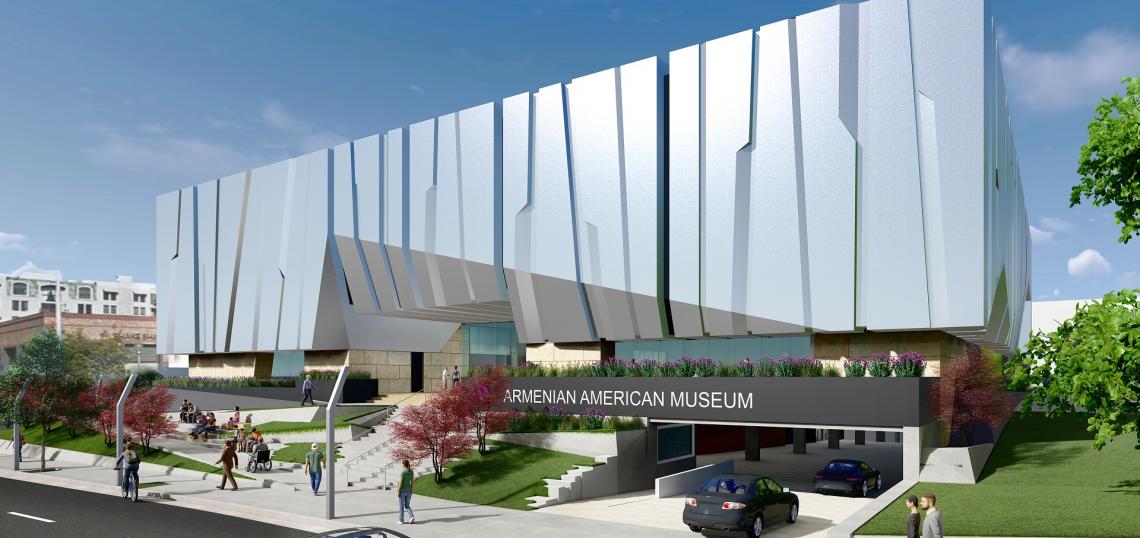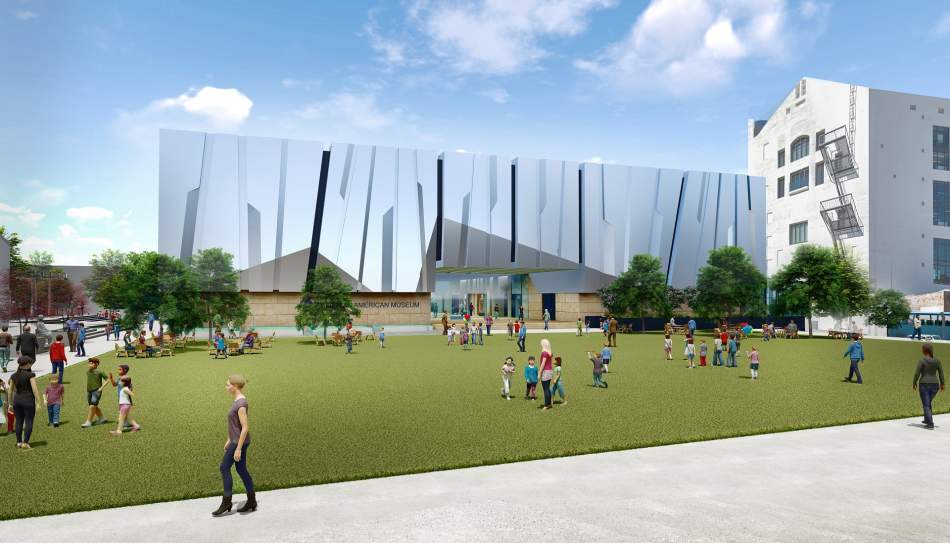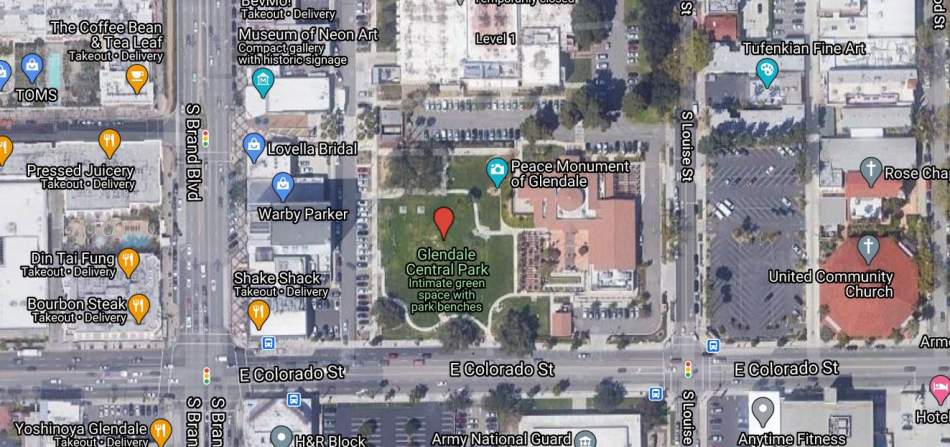After seven years of planning, the backers behind the proposed Armenian American Museum hope to have shovels in the ground this summer in Glendale.
The announcement, made earlier this week by the Museum and Cultural Center's Board of Trustees, follows the approval of a revised building design, as well as an official waiver of permit and plan check fees by the City of Glendale.
“The highly anticipated groundbreaking of the Armenian American Museum represents a historic accomplishment for our community, and we believe it will be a symbol of hope and spirited resiliency for America, Armenia, and Artsakh during these challenging and unprecedented times,” stated Berdj Karapetian, the Board's executive chairman, in a prepared statement. “The Board of Trustees and museum leadership wishes to express its sincere gratitude for the steadfast commitment and generous support of our donors, stakeholders, committees, volunteers, and government partners for this collective achievement.”
The museum, which will be located at the southwest corner of Glendale Central Park, will consist of a two-story, approximately 50,800-square-foot building perched above a single level of basement parking. Plans call for a lobby, auditorium, learning center, administrative offices, and other functions at the ground level, with a second floor dedicated to permanent and temporary exhibition galleries.
Alajajian Marcoosi Architects is designing the project, which will have an exterior modeled after the rock formations modeled after the rock formations in the Armenian Highlands.
The location of the museum, within the footprint of Glendale Central Park, was made possible by the approval of a $1-per-year ground lease agreement with the City of Glendale, which owns the property. The lease will run for an initial term of 55 years, with four optional 10-year extensions running to a total of 95 years.
Construction of the museum will dovetail with a planned $18.5-million revamp of the roughly 1.7-acre green space, which will be expanded onto an adjacent site now used as a parking lot.
To date, the museum's backers have identified approximately $23 million in funding through private donations as well as state and local funding.
- Armenian American Museum (Urbanize LA)









